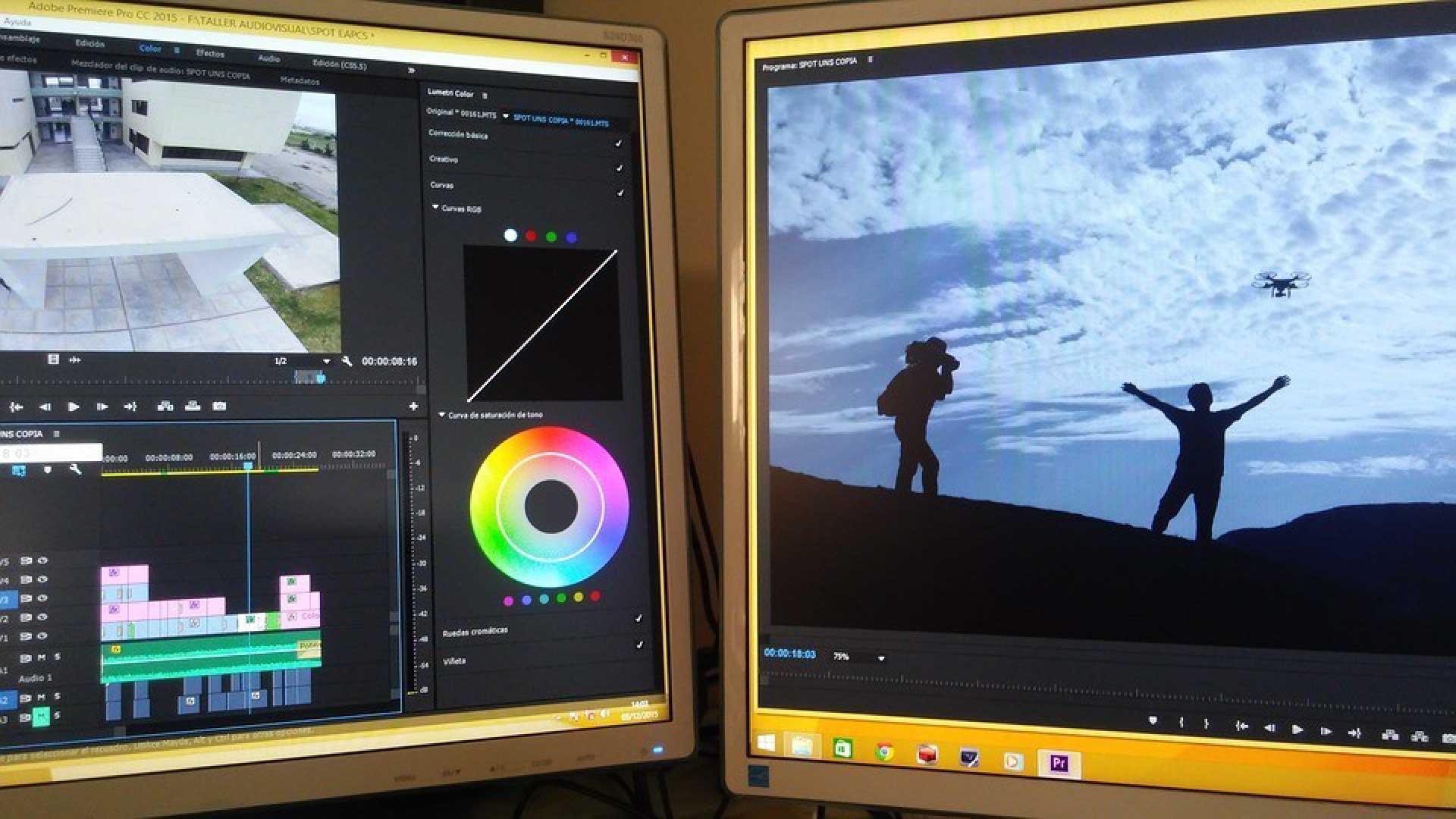
Digital Communication Etiquette
Perhaps as you were growing up someone told you to mind your manners at the table. Not cut in line. Shake hands when introduced. Be quiet in the movie theater. There are lots of places where we know the appropriate way to behave and interact with others. But did you know that digital communication etiquette is also important? Sometimes it is called netiquette. I like to think of it as modern-day manners or skills that make the digital world a better place to communicate. And digital etiquette is very necessary in the world of business communication.
What is digital etiquette?
The definition of digital etiquette or netiquette is a “set of guidelines for how to behave online.” Digital etiquette is all about communicating in a manner that is respectful, engaging and effective.
Why is digital etiquette important?
With so much time being spent communicating online, it is important to mind your digital manners. Consider how much of your communication and marketing is done on digital platforms. Today, we are more likely to communicate using email, texts, and social media platforms like Instagram. We love to use LinkedIn for product campaigns and brand awareness. You can use video and infographics to enhance communication. These platforms have great advantages such as immediacy and access. Social media is a cost-effective way to reach potential audiences and there are analytical tools to help us understand and make changes to communicate more effectively.
However, they also have disadvantages because things like tone of voice and other nonverbal cues are absent from text-based communication. That opens the door for communication to be misinterpreted. Not making video content easily digestible can frustrate potential customers.
Are there hard and fast rules for digital communication? Not exactly, but there are some great guidelines that can help you be a communication superstar.
Digital Etiquette Tips
Watch your tone of voice
When you first meet someone face-to-face you don’t know much about them so you might be a bit more reserved until you get to know them. Your “tone of voice” is not overly familiar or super casual. You don’t treat them like your long-lost buddy. That’s smart. The same is true for digital communication. Have you received an email from an unknown source that annoyed you? They made assumptions about you and your business. The email said things such as, “You are overwhelmed and need our help. Business is moving so fast you can’t keep up, but we have the best way out. Your team just is not delivering. And we know why.” Seriously, the tone of voice is completely disrespectful. Instead of demeaning your potential target ask questions to get information such as “Is your business moving so fast that you are looking for tools to help automate some processes? Would you like to offer employees training and development opportunities?”
The tone of voice is also relayed through capitalization and punctuation, such as using ALL CAPS or endless exclamation points. The tone of voice of individuals that are spokespersons or on-camera interviewees may be problematic. Do they sound sarcastic? Are they “preachy” and telling the viewer what to do instead of educating?
The tone of voice, in text or audio, should be friendly, polite and welcoming if you want people to pay attention.
Consider the audience
Just as you would think about the audience in a face-to-face situation you must do so in the digital world. But it is a bit more difficult because the audience may be quite broad. Here are a few examples of digital etiquette that can be problematic.
Are you using slang or terms that are not commonly understood? Some use abbreviations such as LOL or BFF. These can be misinterpreted- yes, some people do not know what they mean, even today.
For explainer videos and other types of videos are you oversimplifying the message, talking down to your audience? Is your audience highly technical and needs more detail or a more general viewer?
Think about who will be seeing and sharing your post. What do they need to know? What do they care about? This will help you develop the best content.
Don’t be wordy
No matter what the type of digital communication, less is more. The number of emails sent per day is astounding- 360 billion and the majority of them are spam. Be respectful of the time it takes to read what you write. Don’t write overly complicated, verbose emails. Do be clear and concise. Think of a great story. It sets the stage, makes a few key points and delivers a happy ending. It is easy to write using stream of consciousness. It is hard to take your critical content, analyze what will make an impact and then synthesize it. One trick is to write the email and then read it out loud so that you can identify unneeded content. Another option is to write the communication and then use AI to ask for improvement. However, be careful that the meaning is still there, and the tone of voice is appropriate.
In digital video communications, it is important to realize that you have the added support of what we call b-roll. This is video that is layered over interviews or narrative to show what is being discussed. In this case, you can eliminate some of the audio and shorten the communication.
Do you have the rights?
We are often asked to use popular music or clips from movies and other digital sources. It is not only poor etiquette, but also against the law to use copyrighted or trademarked material without the rights. That includes stock video, photography, graphics and more. Yes, people do it, but don’t! Someone worked hard to develop, write and produce digital assets. Using it without paying for it is just plain wrong. There are cases where you may be able to get the rights if you credit the owner. Just be sure to get the approval in writing.
Don’t share without approval. Protect your digital communications.
It is easy to take content that was intended for an individual or a specific audience and share it. For example, a confidential email or an internal video. This also includes personal information or videos. Are you tagging people without asking them if they want to be highlighted? It is bad etiquette to share content without approval. If you are featuring a customer or employee, do you have written permission?
If you are the creator of digital content, you need to be sure that you protect it. This is a subject of its own. If you are not sure how to ensure privacy there is a lot of content that can be accessed.
If you do have the approval or rights to share content, make sure that you don’t just send on without an explanation. Is it for awareness? Do you want some type of action? Be clear about what you want and one more thing to note, avoid endless strings of communication and reply all. No one likes that.
Be aware of the permanent digital footprint
It is hard to remember this but what you post needs to stand the test of time. Every time you post you might want to ask yourself if this is something you want to be seen one year from now, five years from now, maybe twenty years from now. It is tempting to be reactive in our communications, socially if they are focused on the negative. Use the “time out” rule. Put the communication aside and look at it later with fresh eyes. You might decide it is not a good idea to put it out there where it leaves a permanent digital footprint and can be shared far into the future.
Time is precious
And speaking of time, don’t waste it. Don’t fill up other people’s inboxes with spam or mindless drivel. Don’t take pages and pages or endless minutes to communicate something that can be powerfully simple. We live in a crazy busy world. Less is more.
Finally, there is what has been referred to as “the digital golden rule.” It is just like the familiar golden rule. Treat others online as you would like to be treated. It is not complicated. It is just good digital etiquette or netiquette.
Cynthia Kay founded Cynthia Kay and Company media production 35 years ago. The company produces communications for organizations from Fortune Global 100 to small businesses. A graduate of Michigan State University, Kay holds a master’s in communications from Western Michigan University.
She is the Past Board Chair of the Small Business Association of Michigan (SBAM) and the National Small Business Association (NSBA). Cynthia has been honored with many awards including numerous Tellys and Woman Owned Small Business Supplier of the Year from Siemens in 2018. She has been named One of West Michigan’s 50 Most Influential Women 5 times. She is also the recipient of over 30 broadcast awards from UPI, AP and other news organizations.



